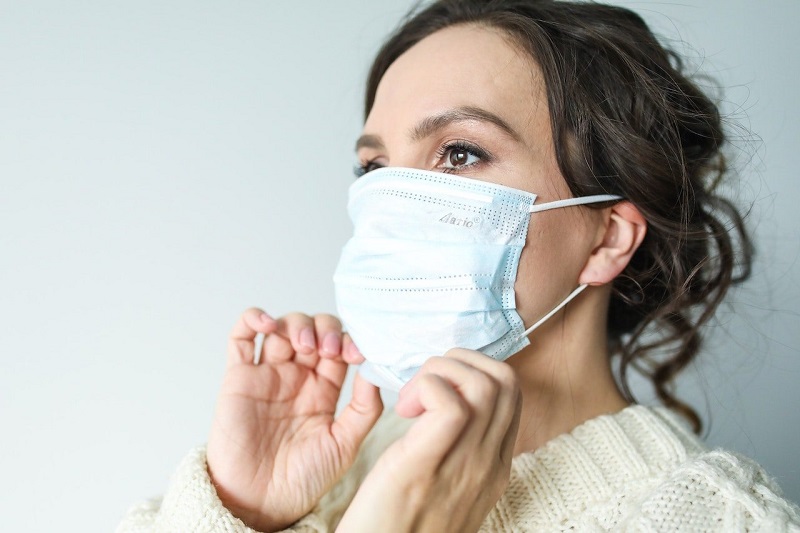It’s the hot topic of contentious debates between you and friends, family, and maybe even a few strangers, there’s public shaming and at any given time 10 posts on social media: Do you need to wear a mask outside?
Current guidance suggests you should be wearing a mask outside if:
- It is difficult to maintain the recommended 6-foot social distancing from others (such as going to the grocery store or pharmacy or walking on a busy street or in a crowded neighborhood).
- If required to by law. Many areas now have mandatory masking regulations when in public.
Let’s talk about the science:
Coronavirus is carried by droplets or aerosols that leave the body when a person coughs, sneezes, breathes or talks (Prevention, 2020). As a consequence, the chances of catching or spreading the virus will obviously increase when you’re close to other people. The odds should also be higher in a confined area, where virus-laden particles will be more densely circulating in the air.
So, it should come as no surprise that research is finding much higher transmission rates at indoor events. Studies of an indoor choir practice in Washington state, and outbreaks at bars in South Korea, Idaho and Florida, show the potential for exponential spread in indoor settings, especially where people are without masks, talking loudly or singing close to one another.
So if you’re outside, is it really true that you’re relatively safe from worrying about Covid-19 while out in the open?
It’s still too early to draw final conclusions, but there has been little evidence to date of disease outbreaks from outdoor areas and there is quite a bit of information on ventilation and exposure with time for the virus. Also, some work is currently being peer-reviewed that compares indoor to outdoor transmission. For example, an unpublished study (means has yet to be reviewed so should not guide clinical practice) of 110 Covid-19 cases in Japan tested individuals then used contact-tracing to follow-up on secondary cases. The results showed that people are much more likely to catch Coronavirus indoors: the odds that a primary case would transmit the disease in a closed environment was 18.7 times greater compared to the open air (Hiroshi Nishiura, 2020).
Following this reasoning, if there’s no significant risk of transmitting the virus in an unconfined space, you might not need a mask if it’s not required by law.
But that statement comes with an important caveat: your decision should also depend on whether you’re likely to be in close proximity to other people. If you’re walking through a rural area, a mask isn’t necessary, but you might consider wearing one if you’re in an urban park full of picnics and barbecues, where it’s harder to avoid contact with potential asymptomatic cases of Covid-19.
It’s important to keep in mind, though, that a mask is no substitute for social distancing. The most effective way to prevent the spread of the virus is to combine mask-wearing with social distancing and hand washing.

